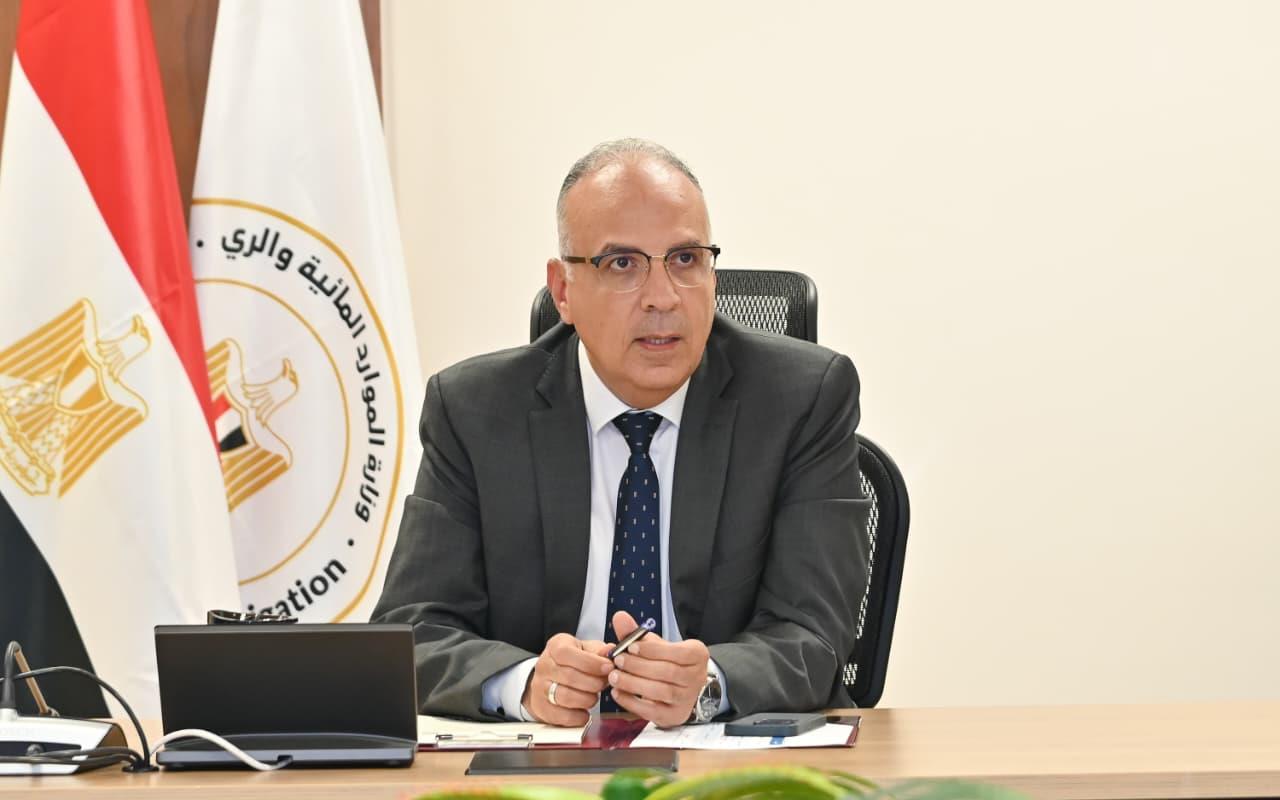
Egypt Reviews Nile Water Inflows As Minister Warns Of Impact Of Encroachments On Rosetta Branch
The discussions also covered the latest water levels, discharge rates, and the government's water-management strategy, which is designed to respond to both short-term conditions and long-term challenges. Sewilam emphasized that the ministry continues to manage the country's water resources using a dynamic approach, relying on real-time monitoring, advanced hydrological models, and satellite imagery to guide decisions on water release.
“This approach allows us to maximize water efficiency while balancing competing demands, including agriculture, industry, and hydropower generation,” Sewilam said.“Excess water is released through the Toshka spillway when necessary, to protect infrastructure and maintain system stability.”
The minister noted that current conditions align with earlier forecasts, and water-management plans are being implemented successfully. He pointed out that Egypt's vast water infrastructure, particularly the High Dam, provides the country with the ability to adapt to seasonal variations, climate changes, and challenges related to increasing water scarcity.
Following the committee meeting, Sewilam convened a separate session with heads of regional water and irrigation directorates in governorates along the Nile to assess on-the-ground conditions. He issued a directive to accelerate efforts to restore full discharge capacity, particularly along the Rosetta branch, which has been significantly impacted by decades of encroachments on its banks and floodplain.
“These illegal constructions have severely reduced the flow capacity of the Rosetta branch, jeopardizing the efficiency of the entire water system,” Sewilam warned.“This undermines our ability to meet domestic needs and respond to flood events.”
The minister reiterated the government's commitment to safeguarding citizens and ensuring accurate information is provided to the public. He urged Egyptians to rely only on official statements, emphasizing that misleading or sensational media reports should be disregarded.
Sewilam also instructed local water authorities to increase coordination with municipal agencies to monitor and swiftly address land-use violations along the riverbanks. Removing these encroachments, he explained, is crucial to restoring the Nile's natural hydraulic profile and enhancing the government's capacity to manage water flows and respond to emergencies effectively.
“Restoring the river's flow capacity is a key component of our long-term water-management strategy,” Sewilam concluded.

Legal Disclaimer:
MENAFN provides the
information “as is” without warranty of any kind. We do not accept
any responsibility or liability for the accuracy, content, images,
videos, licenses, completeness, legality, or reliability of the information
contained in this article. If you have any complaints or copyright
issues related to this article, kindly contact the provider above.


















Comments
No comment